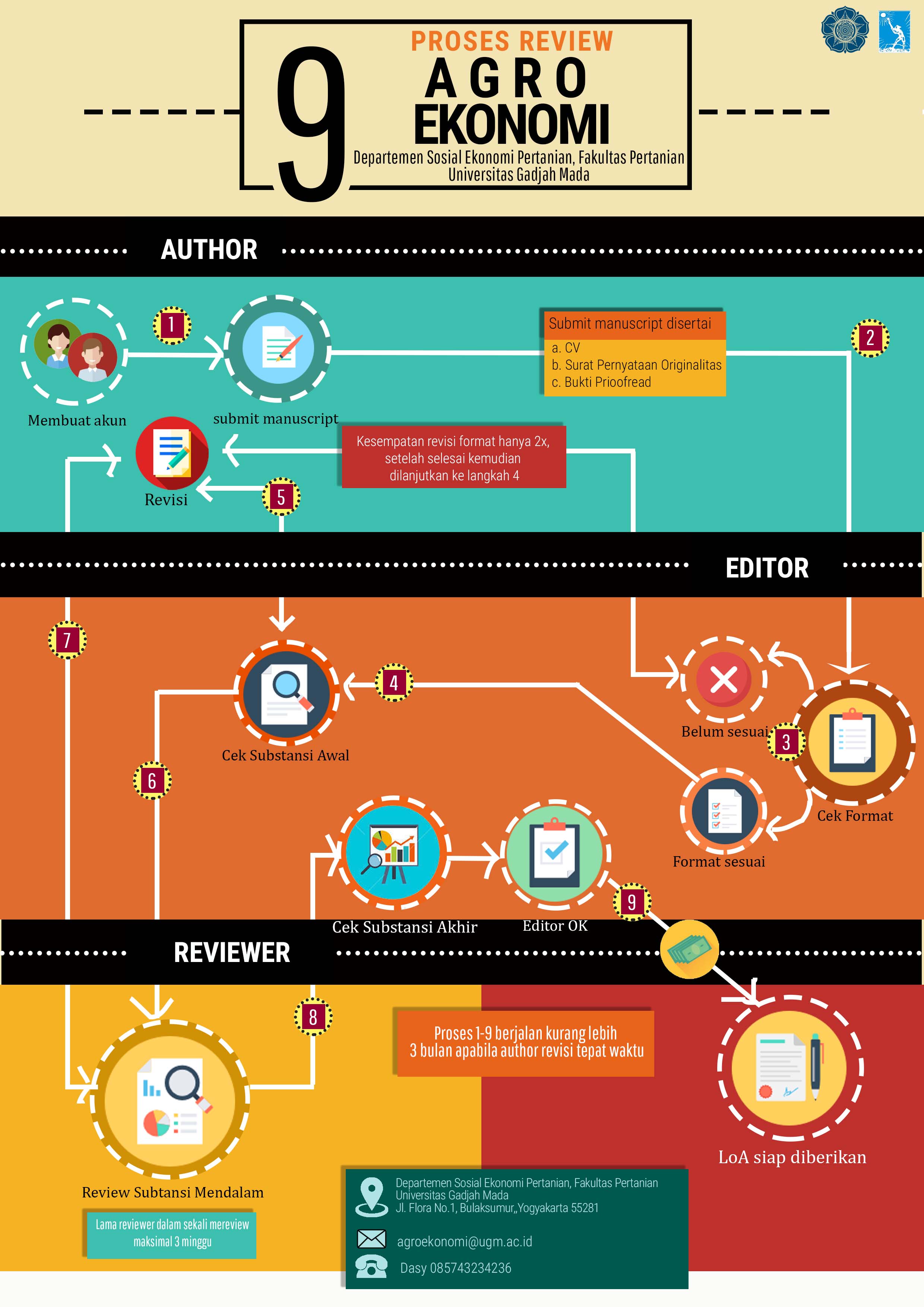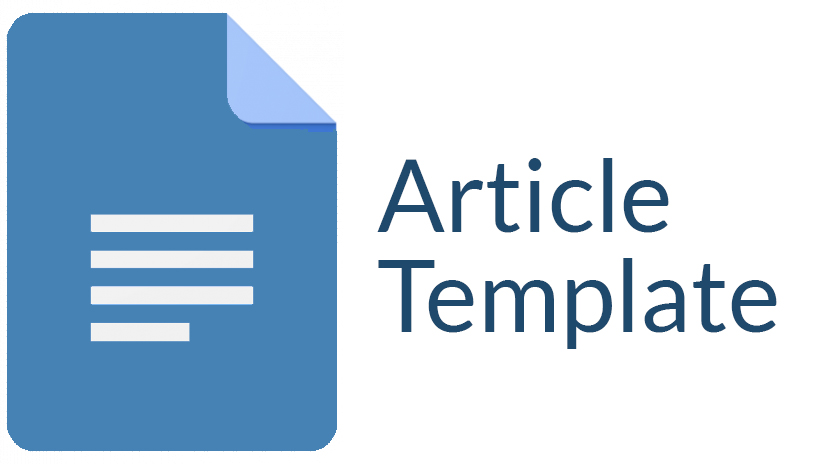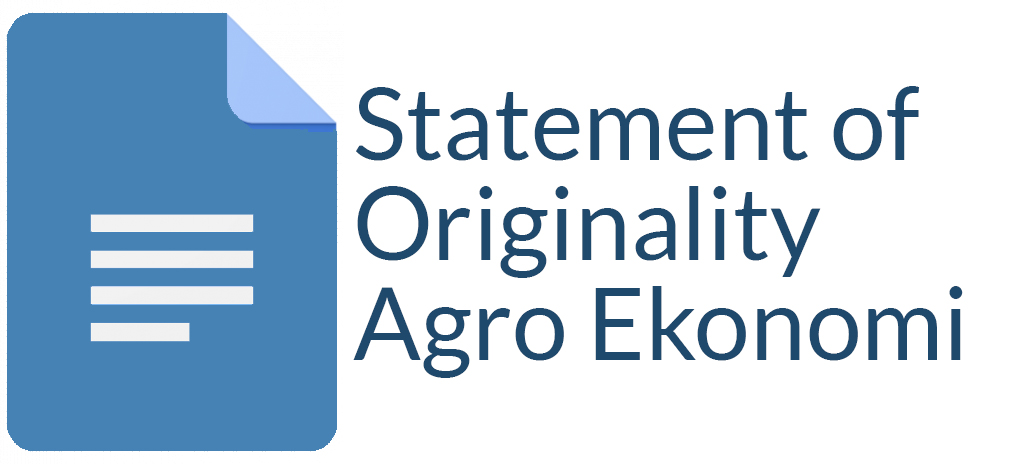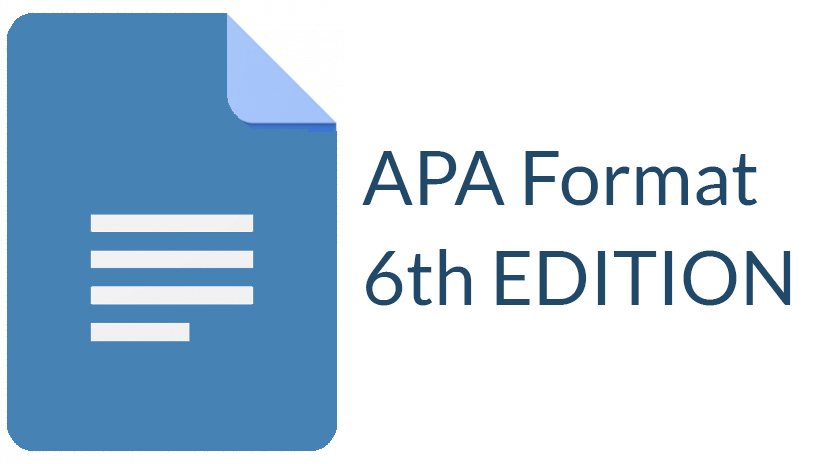Financial Feasibility Of The Vaname Shrimp Farming Business In The Purworejo Regency
Putri Makalingga(1*), Any Suryantini(2), Lestari Rahayu Waluyati(3)
(1) Program Studi Magister Manajemen Agribisnis, Fakultas Pertanian, Universitas Gadjah Mada
(2) Program Studi Magister Manajemen Agribisnis, Fakultas Pertanian, Universitas Gadjah Mada
(3) Program Studi Magister Manajemen Agribisnis, Fakultas Pertanian, Universitas Gadjah Mada
(*) Corresponding Author
Abstract
The study concerned here was aimed at determining the financial feasibility of vaname shrimp farming business in the Purworejo Regency. It used a descriptive method of analysis. The data analyzed were primary and secondary data. The research site was determined purposively (i.e., via purposive sampling) in the Purworejo District by considering the vaname shrimp cultivation there. The analysis used the financial feasibility analysis, Net Present Value (NPV), Internal Rate of Return (IRR), and Net Benefit/Cost Ratio (Net B/C Ratio). The result concerning financial feasibility was obtained from the earnings of vaname shrimp farming business amounting to 1,415,992,500 IDR (Rp 1,415,992,500, with IDR or Rp referring to Indonesian rupiah as USD is to US dollar) with the total cost incurred in one year of production estimated to be 364,207,148 IDR, a revenue of 1,051,785,352 IDR, a profit of 999,196,084 IDR, an NPV (NPV>1 as criterion) of 2,539,407,216 IDR, an IRR (IRR>interest rate of 7.6% as criterion) of 98%, and a Net B/C Ratio (net B/C ratio>1 as criterion) of 2.01. Thus, from the results of the financial feasibility analysis, it could be concluded that the business of vaname shrimp farming in the Purworejo Regency is feasible to run. Based on the research concerned here, the suggestions that could be given concerning the activities of shrimp farming business are workforce training and guidance are given to improve the competitiveness of the farmers. Farmers must know about how to cultivate good fish with the quality of fishery products and becoming responsible farmers.
Keywords
Full Text:
PDFReferences
Amri, K., & Kanna, I. (2008). Budi Daya Udang Vaname Secara Intensif, Semi Intensif, dan Tradisional . Jakarta: PT. Gramedia Pustaka Utama.
Biantara, B., Hartoko, A., & Purwanti, F. (2016). Analisa Kerindahan Pantai dan Sumberdaya dengan SIG di Pantai Kabupaten Purworejo. Maquares , 5 (2), 1–10.
Diatin, I., & Kusumawardany, U. (2010). Analisis Kelayakan Finansial Perluasan Tambak Budidaya Udang Vaname di Cantigi Indramayu. Akuakultur Indonesia , 9 (1), 77–83.
Ely, A., & Darwanto, DH (2014). Analisis Kelayakan Usaha dan Pengembangan Budidaya Rumput Laut di Kabupaten Seram Bagian Barat. Agro Ekonomi , 25 (2), 169–177.
Geffken, R., Hendrik, & Zulkarnain. (2017). Analisis Bisnis Pengolahan Ikan Asin Di Desa Pondok Batu Kecamatan Sarudik Kabupaten Sibolga Provinsi Sumatera Utara. Mahasiswa Online , 4 (1), 1–9.
Lumentut, HB, & Hartati, S. (2015). Sistem Pendukung Keputusan untuk Memilih Budidaya Ikan Air Tawar menggunakan AF-TOPSIS. Sistem Komputasi dan Sibernetika , 9 (2), 197–206.
Mohani, VC, Yulianto, E., & Mawardi, MK (2016). Dampak Produksi Udang Indonesia, Harga Udang Internasional, dan Nilai Tukar Rupiah Terhadap Ekspor Udang Indonesia. Administrasi Bisnis , 39 (2), 67–73.
Purnamasari, I., Purnama, D., & Utami, M. A. F. (2017). Pertumbuhan Udang Vaname (Litopenaeus vannamei) di Tambak Intensif. Enggano, 2(1), 58–67.
Reksono, B., Hamdani, H., & Yuniarti. (2012). Pengaruh padat penebaran Gracilaria sp. Terhadap Pertumbuhan dan Kelangsungan Hidup Ikan Bandeng (Chanos chanos) Pada Budidaya Sistem Polikultur. Perikanan dan Kelautan, 3(3), 41–49.
Saputri, K. (2017). Peluang dan Kendala Ekspor Udang Pndonesia ke Pasar Jepang. Ilmu Hubungan Internasional, 5(4), 1179–1194.
Srinivas, D., Venkatrayalu, C., & Laxmappa, B. (2016). Mengidentifikasi Penyakit yang Mempengaruhi Litopenaeus vannamei yang Dibudidayakan di Berbagai Area Distrik Nellore di Andhra Pradesh, India. Studi Perikanan dan Perairan , 4 (2), 447–451.
Susilowati, T., Hutabarat, J., Anggoro, S., & Zainuri, M. (2014). Peningkatan Kelangsungan Hidup, Pertumbuhan dan Produksi Udang Vaname (Litopenaeus vannamei) dan Rumput Laut (Gracilaria verucosa) berdasarkan Budidaya Polikultur. Konservasi Sumberdaya Laut dan Perairan, dan Artikel Penelitian Co-existence , 1 (1), 6–11.
Article Metrics
Refbacks
- There are currently no refbacks.
Copyright (c) 2018 Agro Ekonomi

This work is licensed under a Creative Commons Attribution-ShareAlike 4.0 International License.
View My Stats











